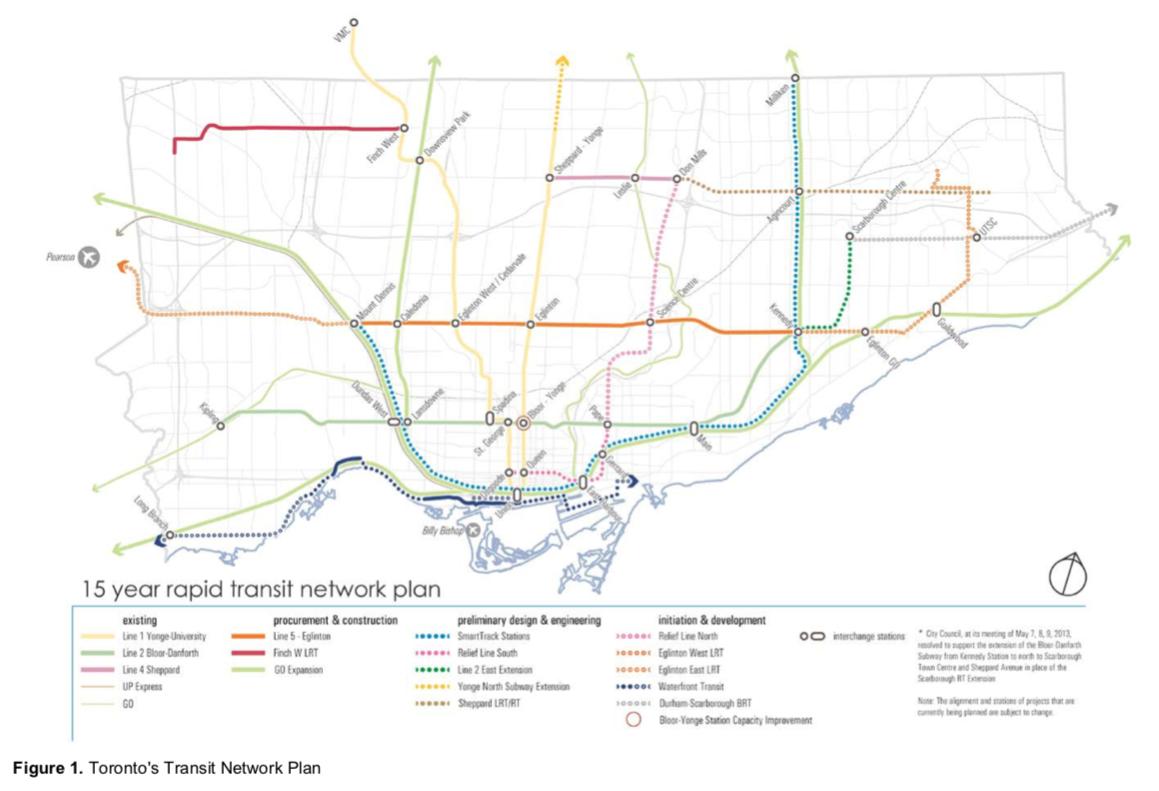Streety McCarface
Senior Member
While it is true that it will likely increase speeds (but that's not really a function of technology in this area, rather, the stop spacing of the line), I can't help but think that a service like that is not one we need in that area, at least, not yet. The area surrounding the relief line is prime development area, and more importantly, has prime surface conductibility to streetcar and bus lines. Surely Ford isn't going to consider the downsides of cutting out stations if he is going to use this technology. There are already too few stops along the relief line, if he cuts out, say, 2 more if he pursues with the technology you're proposing, you disincentive the majority of people who actually want to use the service: people who want to get into Old Town and Downtown from Scarborough, The Beaches, and in general, along Danforth Avenue (With future connections from North York). While this solution might appeal to those that might use Relief Line North, I doubt it will help out those that are just trying to avoid St George and Bloor-Yonge stations, or those living in Old Toronto.
If we were to build a Crossrail or JR east Chuo-Sobu rapid style of service in Downtown Toronto, I don't even think Queen is the best corridor for this — It's too close to the Front street corridor. I would argue that College or Dundas would be better, since these corridors appeal a lot more to exurb and distant commuters. You have U of T, the Eaton Centre, Yonge-Dundas Square, the ROM, the AGO, the Toronto Hospital Corridor, Chinatown, a bunch of consulates (particularly the American one), OCAD, Ryerson, etc. These are all places more akin to commuters than people actually living in Toronto (since most students aren't actually from downtown Toronto, and since the consulates have to serve a wide range of individuals from all over the GTA).
If we were to build a Crossrail or JR east Chuo-Sobu rapid style of service in Downtown Toronto, I don't even think Queen is the best corridor for this — It's too close to the Front street corridor. I would argue that College or Dundas would be better, since these corridors appeal a lot more to exurb and distant commuters. You have U of T, the Eaton Centre, Yonge-Dundas Square, the ROM, the AGO, the Toronto Hospital Corridor, Chinatown, a bunch of consulates (particularly the American one), OCAD, Ryerson, etc. These are all places more akin to commuters than people actually living in Toronto (since most students aren't actually from downtown Toronto, and since the consulates have to serve a wide range of individuals from all over the GTA).





